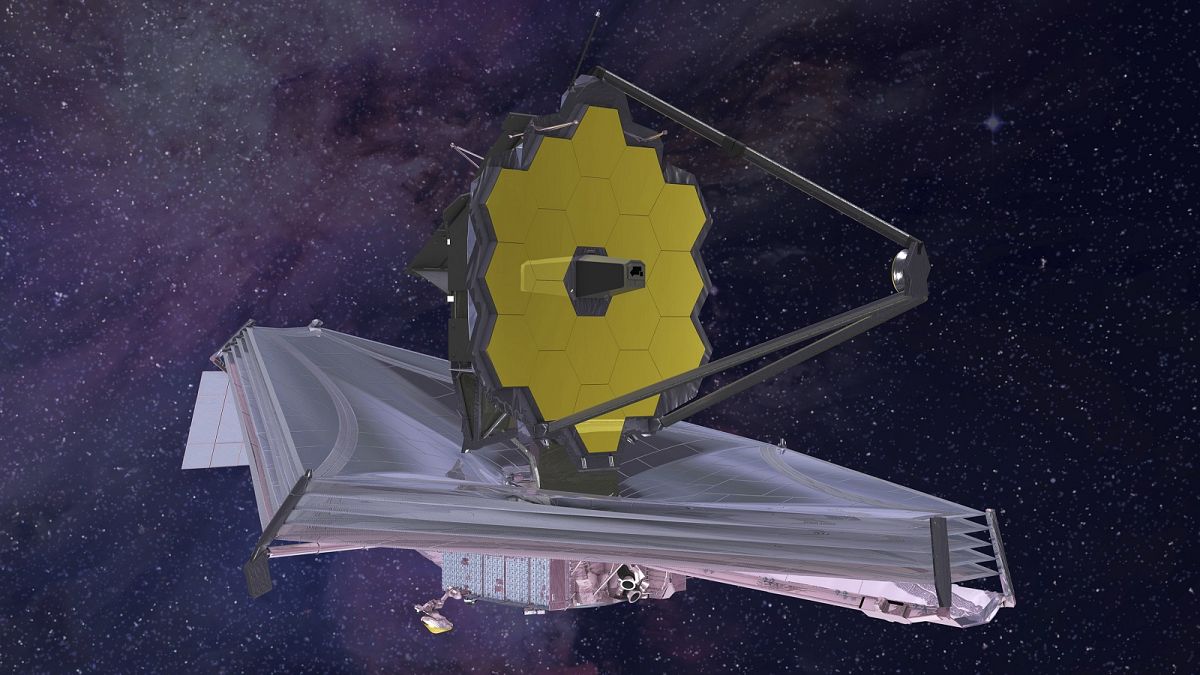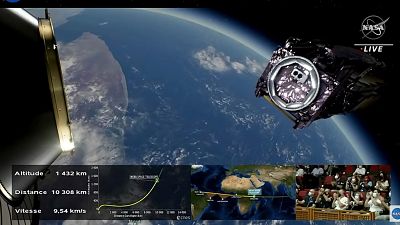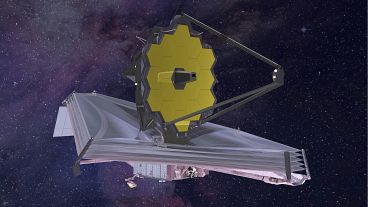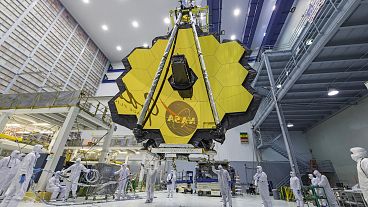The most powerful space observatory ever built will orbit the Sun 1.5 million km from Earth and is designed to last for 10 years.
The world's biggest, most powerful space telescope arrived at its observation post 1.5 million km from Earth on Monday, a month after it launched on a quest to behold nothing less than the dawn of the universe.
On command, the James Webb Space Telescope fired its rocket thrusters for nearly five minutes to go into orbit around the Sun at its designated location, Lagrange point 2. NASA confirmed the operation went as planned.
Lagrange point 2 is an area in space where the gravity of the Sun and the Earth balance the orbital motion of a satellite making it an ideal place to park Webb as it can maintain its position with little use of fuel.
The successful insertion of the James Webb Telescope into its orbit at Lagrange point 2 capped off a nail biting month where the observatory was carefully deployed as it continued towards its destination.
It will take 6 months post-launch for the observatory to be operational and begin executing its measurements.
The mirrors on the €9 billion observatory still must be meticulously aligned and the infrared detectors sufficiently chilled before science observations can begin in June.
For more on this story, watch the video in the media player above.



